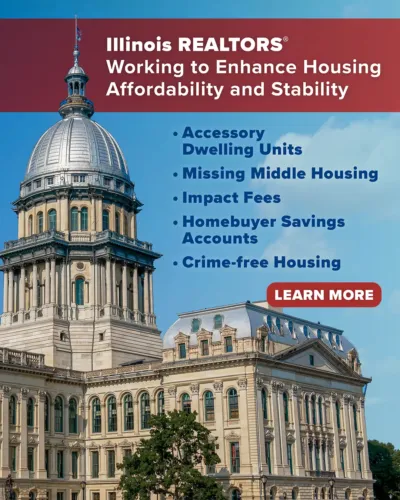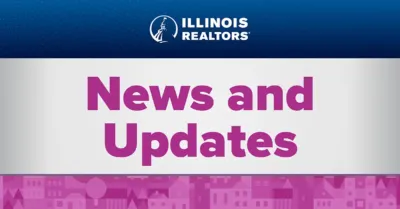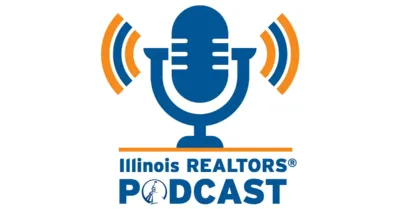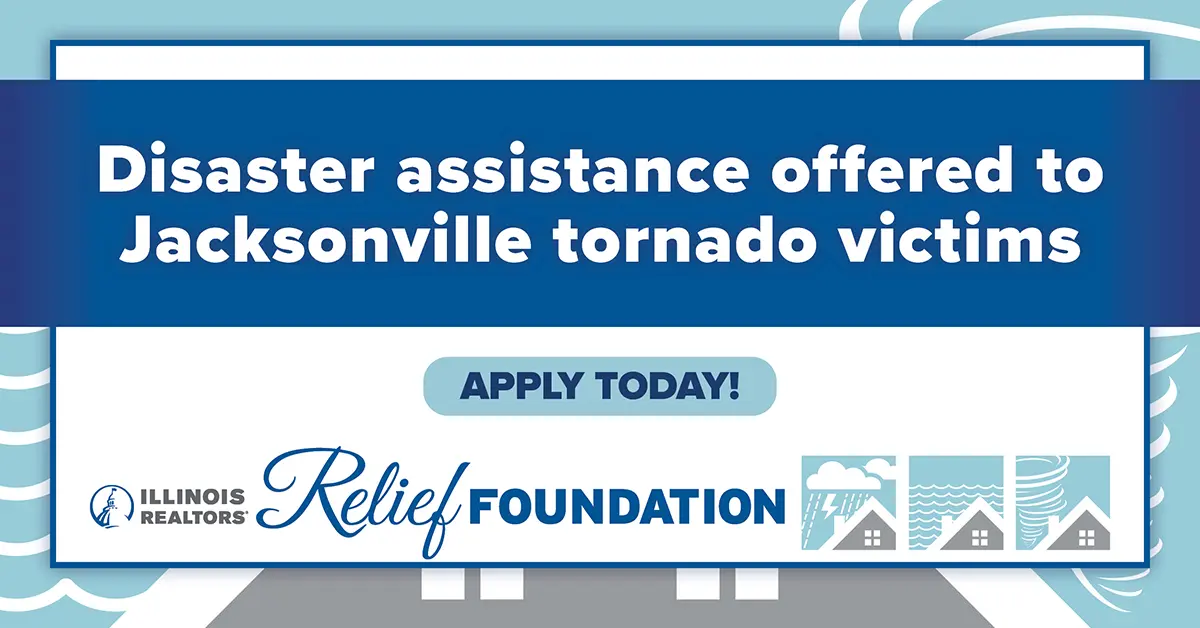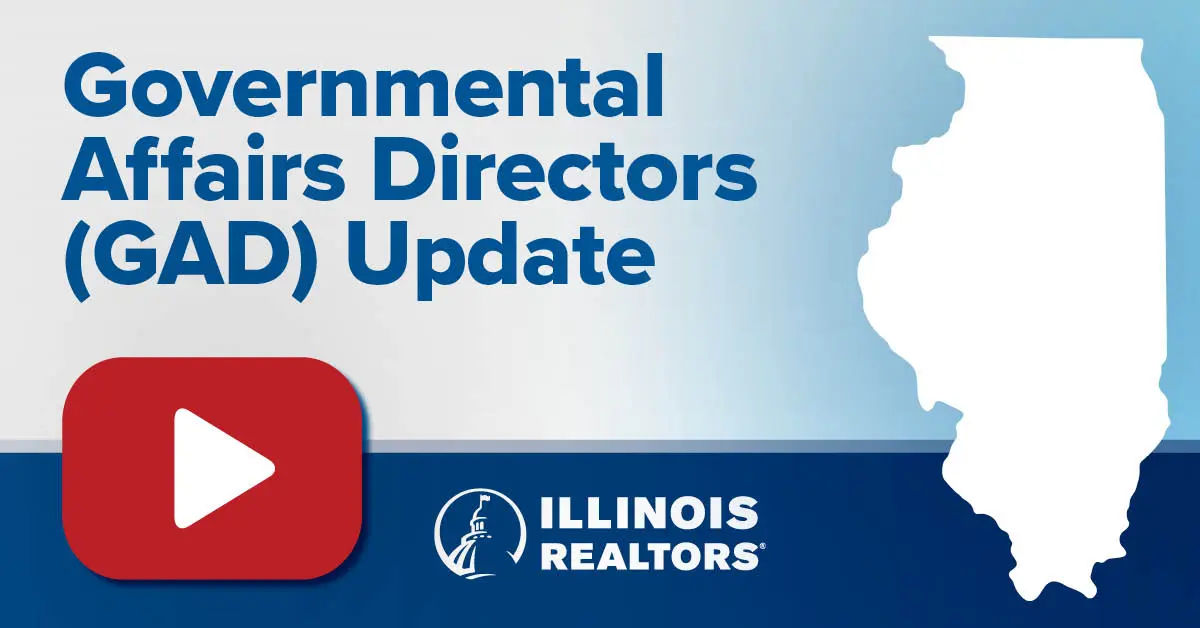 The latest research by the Harvard Joint Center for Housing Studies (JCHS) shows the number of people living in poverty in the U.S. is rising, and that in the 100 largest metro areas, the growth is highest in suburban neighborhoods and neighborhoods on the edge of those metros.
The latest research by the Harvard Joint Center for Housing Studies (JCHS) shows the number of people living in poverty in the U.S. is rising, and that in the 100 largest metro areas, the growth is highest in suburban neighborhoods and neighborhoods on the edge of those metros.
The Harvard JCHS blog post “The Rise of Poverty in Suburban and Outlying Areas,” provides details on each of those metro areas from 2000 to 2015. For example, the number of high-poverty neighborhoods in the St. Louis Metro (MO, IL) increased from eight to 28. In addition, graphs show the number of high-poverty tracts in high-density, medium-density and low-density neighborhoods have gone up, with the largest increases in the medium and low-density areas.
In the Chicago-Naperville-Elgin (IL, WI, IN) Metro Area, the number of medium density tracts (from 49 to 114) and low-density tracts (10 to 28) more than doubled. The number of high poverty, high-density tracts went up at a lesser rate (370 to 503).
For more information, see the full report.


